This review is about a rather special lens. The Zhongyi Mitakon Speedmaster 50 mm f0.95 lens is in a league of its own. There are only a few other lenses on sale at this moment with the same lightning fast aperture of f0.95. There is the crazy expensive Leica Noctilux-M lens that costs about as much as a small car (almost € 10.000) or the more reasonably priced SLR Magic noktor lens, which is about € 1000. I’ll tell you more about this great lens in this full review, click ‘read more’ to view the full story.

The Speedmaster E-mount lens is fully manual and is designed to be useable on Full Frame E-mount camera’s like the A7 (and the A7s, A7r and the new A7mII). I’ve used it on the Sony Alpha A6000 with its APS-C sized sensor and a cropfactor of 1.5. This gives this lens an effective field of view of a 75 mm lens on a full frame camera. Results may be different on a full frame camera, but you can find several reviews online of this lens used on a full frame Sony. The lens I’ve used is the second version of this lens with better coatings, a better hood and a bigger front element (67mm vs 58 on the old model). The second version is known in some markets as the ‘dark knight’. The easiest way to find out if you have the 1st or 2nd iteration of this lens is to look at the filter size.
So who is this lens made for? It’s certainly no lens for a novice photographer. It’s a manual lens, and using the larger aperture settings can make focussing a challange. This is a lens for photographers looking for more control over their depth of field or for taking photos in challenging situations with low light. Priced at about € 900 it isn’t very expensive compared to its rivals, but it still is an expensive piece of glass, especially since its manual and doesn’t have any luxury frivolities like stabilization (but then again, who needs that when you can just open up the aperture when it get darker). In this review I’ll tell you more about using this lens, it’s build and the results.
Looks, build and weight
The lens has got a sober design, with a nice black paintjob and almost no manufacturers markings. It looks like an expensive lens. It only says Zhongyi on the front element, were you can also find the serial number and filtersize. On the side of the lens you’ll only find the aperture markings and the zoom markings in Meters and Feet. Contrary to the sober design of the lens the supplied box oozes luxury, with its faux-leather and fake buckle. It may have been wiser to spend the money on a nice pouch to keep the lens in because taking the big box with you when you go out isn’t an option (way too bulky).
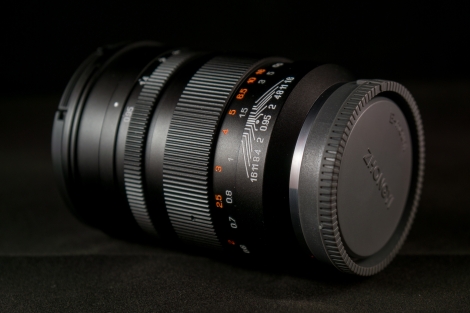
Speaking of the aperture: The aperture ring is located to the front of the lens, and is clickless. This makes the lens very suitable for videographers as you can change the aperture without the clicking sound of the aperture ring being picked up by the microphone. On my copy the aperture ring was very stiff, almost too stiff for comfortable use. After a few days of intensive shooting the aperture ring got looser and easier to adjust.
The focus ring is closest to the camera. The ring is wider than the aperture ring, and very smooth from the first use. It’s got hard stops at the closest focusing distance and at infinity focus. This makes the lens usable for astrophotography, which is harder with the native Sony –E-mount lenses with their focus by wire system without hard stops. The focus markings help in focusing and give a hint of the short depth of field at the maximal aperture of f0.95.
The lens is built very well, and way better than I expected from a ‘cheap’ Chinese lens. It feels like it could withstand anything. The stiff aperture ring adds to this feel (though it got looser after some use). The lens is constructed completely out of metal, and has got a metal mount. The hood deviates a little from the feel of the rest of the lens, being a bit flimsy and it doesn’t go on with the reassuring ‘click’ you get from the Sony Zeiss lenses or other high end lenses like those from Nikon or Canon. Given the price of the lens I can’t really blame it.
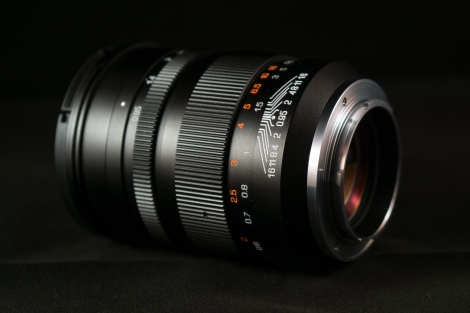
The great built and the large maximum aperture do contribute to the weight of this lens, it is by no means a light lens. It weighs about 800 grams (if I did my math right that’s about 1.8 pounds). So the lens alone is about the same weight as my A6000 with the Sony Zeiss 16-70 mm f4 lens attached. It doesn’t balance perfectly on the camera, but with the leather cover on my A6000 the grip is big enough to handhold the lens for long shoots. It may be a little heavy for Alpha or NEX camera’s with smaller grips like the A5100, but it won’t be a problem for the A7-series camera’s with the big grip.

Focus
This is a fully manual lens, so there isn’t anything to say about the autofocus. Focusing is done with the wide focusing ring on the lens. Since the lens doesn’t communicate with the camera you have to activate the focus magnification on the camera manually. I assigned the C1 button on the camera to do this, so I can activate it with two clicks on the button next to the shutter release.
Since the depth of field is really shallow at the smaller f-numbers focusing can be tricky, at f0.95 it is a true challenge. It takes some practice and you do need to use the focus magnification. At apertures of about f4 and up you can rely on the focus peaking to get a reasonably precise focus, anything faster the focus peaking is not precise enough. Fast moving subjects aren’t an option, at least not with my manual focusing skills.
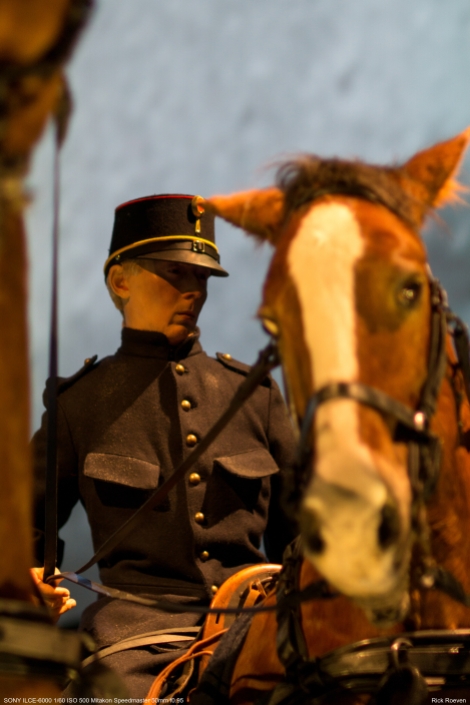
Optical performance: wide open
The big attraction of this lens is its large aperture of f0.95. The optical performance at wide open is okay, but not superb (which is expected considering the relatively low price of the lens). I shows some spherical aberration a f0.95 causing you to lose some sharpness and clarity, as you can see in the 100% sample below (the full photo’s are in the gallery). Don’t get me wrong, it’s still very usable but it isn’t perfect. And there is some good news too: the SA disappears almost completely from about f1.2/1.4 and up. So you have the option to use it at the largest aperture with the loss of some optical performance or stop it down just a tad to get a perfect result. Since the other E-mount lenses don’t go past f1.8 and you probably have to stop those down just a little to get the best performance you still get at least 2 stops more light with this lens than any other E-mount lens.
The big aperture gives you some great creative options for a portrait or shooting in low light situations.
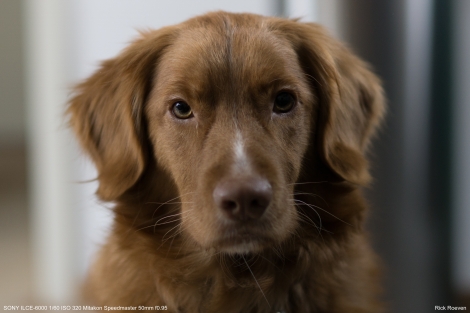
Optical performance: stopped down
Stopped down, with this lens everything f2 and above is stopped down to me, is relatively sharp. Don’t expect it to be blazing sharp like the Zeiss 24 mm f1.8 I reviewed earlier though. It is nice and sharp across the frame, about comparable to my Zeiss 16-70 mm f4 lens. So it might not be the best lens if you need extreme sharpness, but for everything else it will do fine. But even then, the big attraction of having this lens is using it opened up as far as your focusing skills allow you to do so stopping down doesn’t make much sense to me.

Bokeh
This is where this lens shines! Bokeh is very smooth and stays smooth from f0.95 all the way up to f2.8. In some reviews I saw the Bokeh rendering a little circular, on my A6000 I wasn’t able to reproduce this, perhaps because of the smaller sensor? At night the rendering of the light’s isn’t completely round all the time, the lights can render a little eye-shaped in some situations.
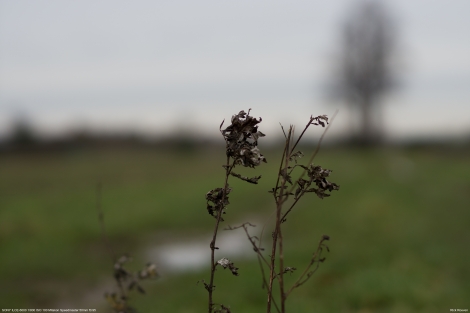

Flare
The 2nd version of this lens has got some upgrades to improve its flare-performance. I deliberately removed the hood when shooting directly under a bright streetlight to see what would happen. I was rewarded with some funky looking, UFO-shaped flares. But this was in a very extreme situation. In other conditions, with and without the use of the hood I didn’t get any extreme flares. I must say the weather around here has been appalling, so haven’t had the chance to shoot it in full / bright sunshine. The rendering of the lights is great, look at the starburst-pattern in the streetlights!
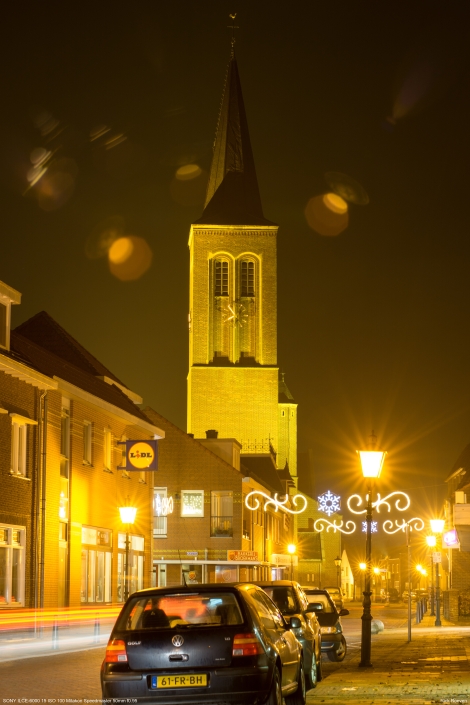
Colours, contrast and CA
The colours are nice, and (micro-) contrast is good. It can’t quite match the Zeiss lenses I’ve tested before straight out of the camera, the Zeiss lenses have a little more ‘pop’. But the difference is quite small, and since the Zeiss lenses are known for their colour and contrast this is still a very good result for this lens! And even then, a little editing in Lightroom will get you a long way. I saw some CA in extreme contrast situations especially at the faster aperture settings (f2.8 and wider).

Gallery
I’ve had a lot of fun shooting with this lens, and added some photo’s in the gallery. I took it with me on several occasions walking around my house and took it to the new Dutch National Military Museum and used it in some challenging situations. I’ve selected some photo’s, no photographic masterpieces but they give you a idea of the performance and possibilities of this lens.
Conclusion
This lens surprised me, big time. I’ve always been a fan of the ‘brand-own’ lenses. With my Nikon camera I used one Sigma lens that was such a disappointment I swore never to use third party lenses again. So all my lenses since 2006 where original Nikon and Sony lenses. So I must admit I was a little sceptical when I first found out about this lens with it’s extremely fast aperture and relatively low price, but I had a blast using it. The fast aperture give you a very shallow depth of field and this gives you a lot of creative options, and I love that shallow DOF look.
I mainly used the lens at f1.4. At this aperture the DOF is shallow enough to get the desired look but you can still get your focus right, and the bokeh is buttery smooth. At f0.95 the depth of field can be so shallow it’s hard to focus unless you use a tripod and a stationary subject. When you stop it down it is sharp enough to use as an everyday lens. With this in mind, do you need a f0.95 lens? This lens is very sharp from about f1.2 and higher, and you still get the option to open it up further to create a shallower depth of field or shoot with even less light. I can’t think of any other E-mount lens for less than €900 that gives you this much flexibility and is built this nice.
Pro’s
- Extremely fast aperture
- Great build quality, nice design
- Very good optical performance from f1.2/1.4 and up
- Sharp enough to use as a everyday lens when stopped down a little
- Smooth and easy to use focus ring
- Relatively low price
Con’s
- A little SA at f0.95
- Focusing at f0.95 can be a challange (not really a con of the lens!)
- Weight
I’d like to thank Foto Video Retail, the importer of Mitakon, Benro, Tenba and several other brands for the Netherlands and Belgium for lending me this great lens for this review. Find out more about Foto Video Retail at www.fotovideoretail.nl









